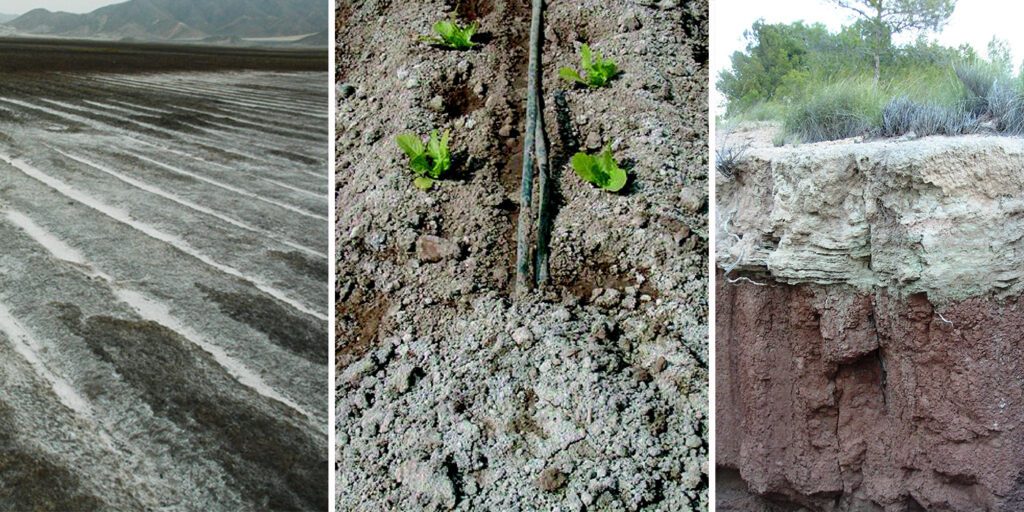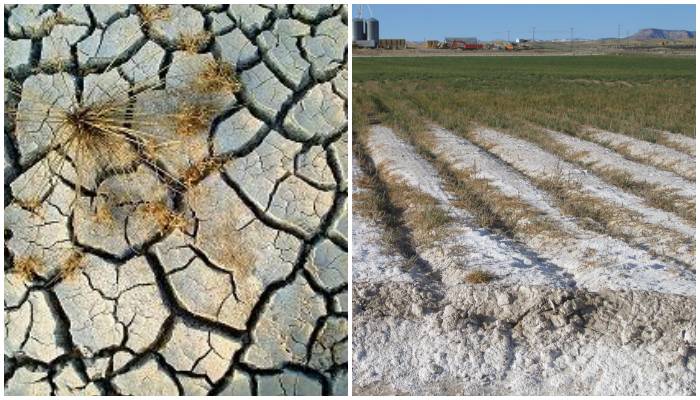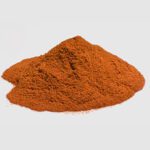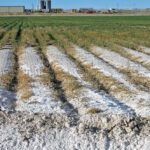There is a growing need in the world to produce more food for the growing population; this, of course, is not an easy task since we are facing a trend of scarcity of natural resources available to carry out this work, from lack of water, pollution, climate change, the frequent scourge of pests and diseases and among other problems. ; soils not suitable for cultivation.

Most of the food production in the world is carried out in the soil, despite the fact that there are other forms of cultivation, such as hydroponics, which, however, is not suitable for all crops and its use involves a greater investment. initial and greater technification in the processes. Producing more food would then involve the opening of new areas to agriculture, areas in which the soils are not optimal for it, many soils have elements that do not allow them to be a good substrate for crop plants, such as the different salts. But the problem of salts is not exclusive to new soils, there are soils in which agriculture has been carried out for many years that already have salinity problems and that, if measures are not carried out to correct them, they would have to be abandoned and with that promote the opening of new areas and greater impact on the environment.

According to Martínez-Beltran and Manzur, 2005, there are 830 million hectares in the world with salinization problems; which is equivalent to more than 6% of the world’s total area and approximately 20% of the total arable area. This percentage could increase to 50% of the total arable land in 2050 (Courel, 2019).
With these numbers, we can measure the global problem represented by the presence of salts in agricultural soils, since the presence of salts considerably reduces the correct development of crops and affects food production. In this article, we will address the issue of salinity and sodicity in the soil, its causes, its implications, its influence on low crop productivity and how we can manage these soils to reduce these effects.
 AgronoBlog – Agriculture Blog
AgronoBlog – Agriculture Blog 


